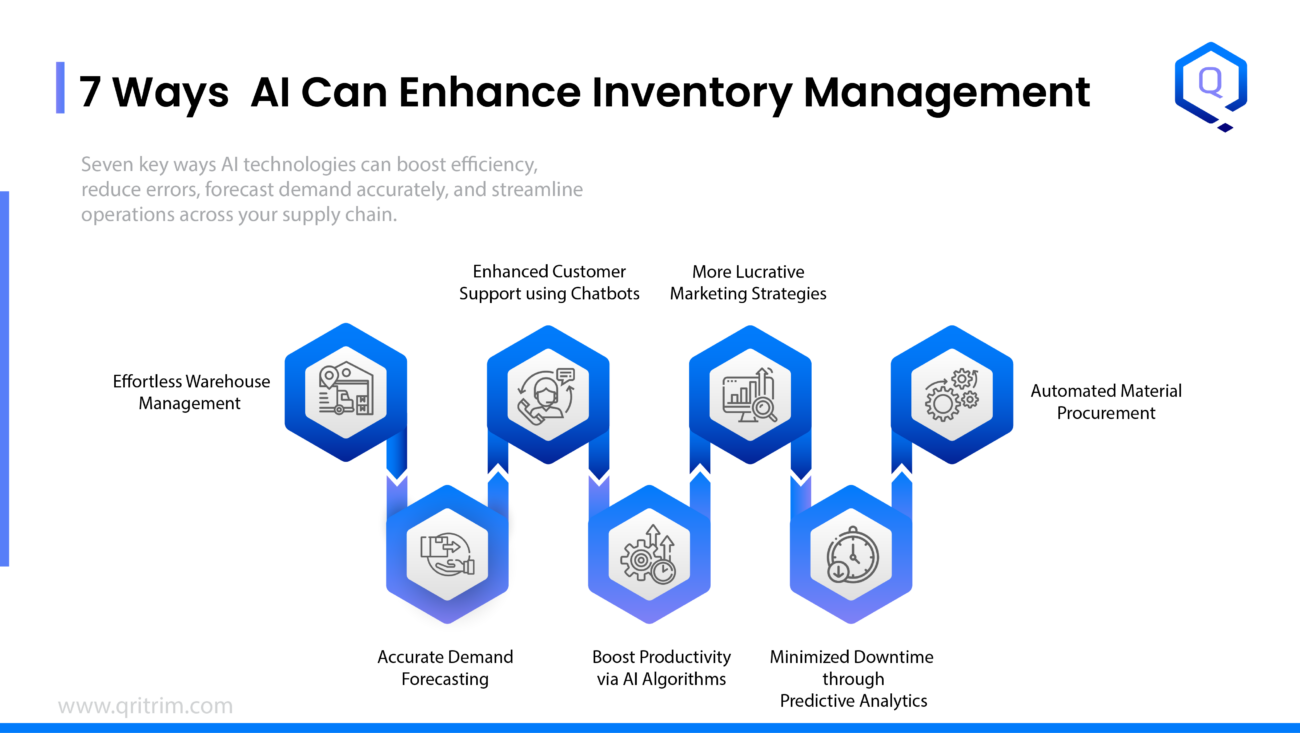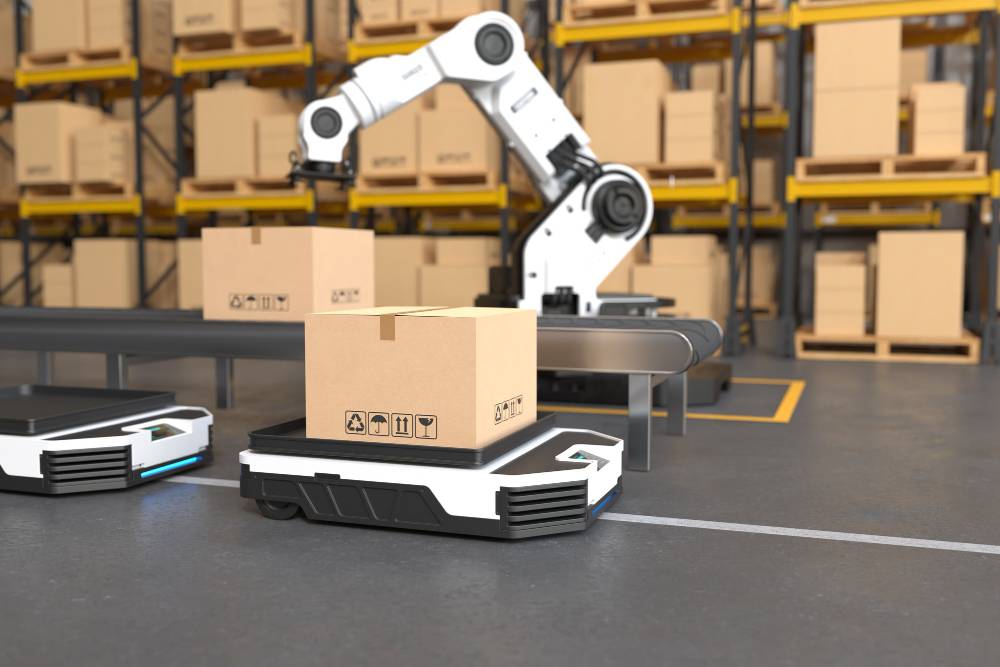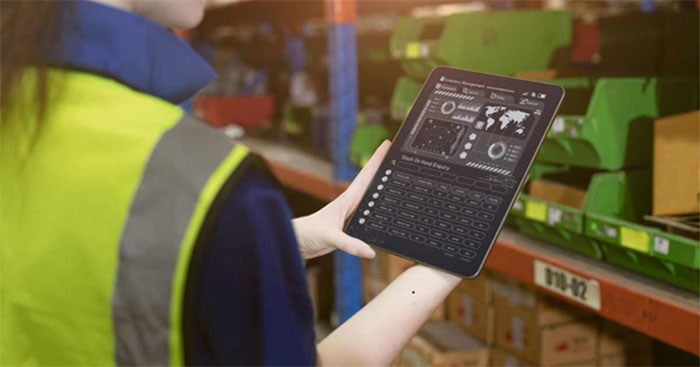7 Ways AI Can Enhance Inventory Management Circuit Diagram Creating an inventory management system might sound like a project reserved for software developers or IT professionals, but with today's tools, it's more accessible than ever. You can even harness the power of AI to make the process more efficient and user-friendly. If you're a small business owner, a freelancer, or just someone curious about organizing stock better, this guide will Result: Zara, leveraging AI-powered inventory management system for ensuring that the items more in demand are available in the store, circumventing lost sales and boosting customer satisfaction. L'Oréal's "Supply Chain 4.0" Use Case: L'Oréal leverages Artificial Intelligence and machine learning models for inventory management. AI

Why AI-Powered Automated Inventory Management Matters . Global supply chains are under constant pressure to balance costs, efficiency, and demand accuracy. Automated inventory management systems, enhanced with AI capabilities, address these challenges by: Providing Real-Time Inventory Visibility: The inventory system collects data from various sources, including sales figures, ERP systems, warehouse management systems and even external market data. AI algorithms analyze past sales data, seasonal trends, and other relevant factors to predict future demand for each product. Understanding AI-Powered Inventory Management. An effective inventory management system is important for any company hoping to succeed in a competitive marketplace. Enter AI-based inventory management systems, which leverage advanced technology to automate and improve inventory functions.But what sets these systems apart? Conventional inventory management systems tend to rely on human

AI inventory management: Use cases and best practices Circuit Diagram
Assess Your Needs: Start by identifying the challenges in your current inventory management process. This will help you choose an AI system that addresses your specific needs. Choose the Right System: Look for a system that offers the features you need, is scalable, and can integrate with your existing software. Train Your Team: Ensure that your team understands how to use the new system Real-time inventory tracking: AI integrates with IoT devices, RFID tags, and warehouse management systems (WMS) to provide end-to-end monitoring of inventory across multiple locations. Warehouse slotting : AI-powered algorithms analyze inventory turnover rates, product dimensions, and picking frequency to optimize warehouse layouts. Imagine a small packaging supplies wholesaler using an AI-powered inventory system linked to its current and past sales data. consider adjusting the automatic replenishment trigger in your inventory management software for tighter stock control. You can also feed this data into your AI inventory management system to help it forecast
